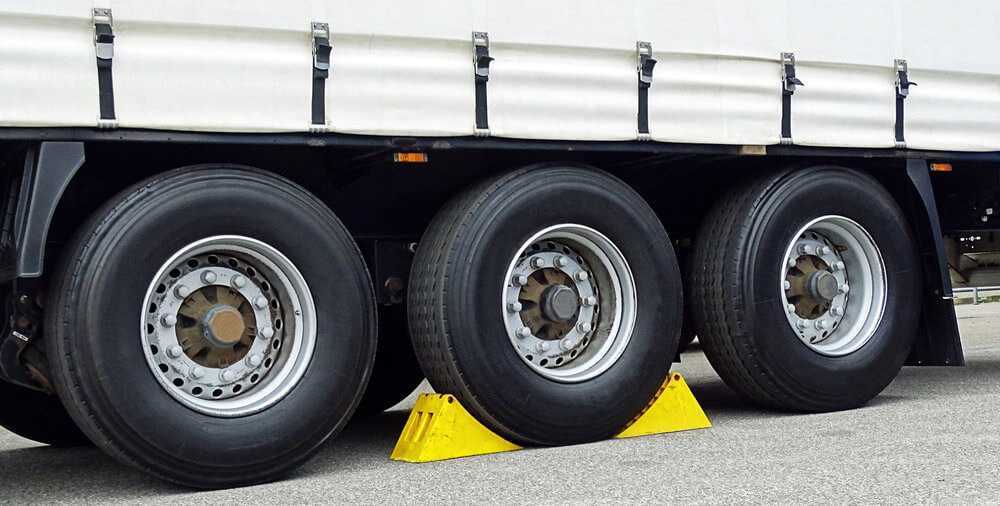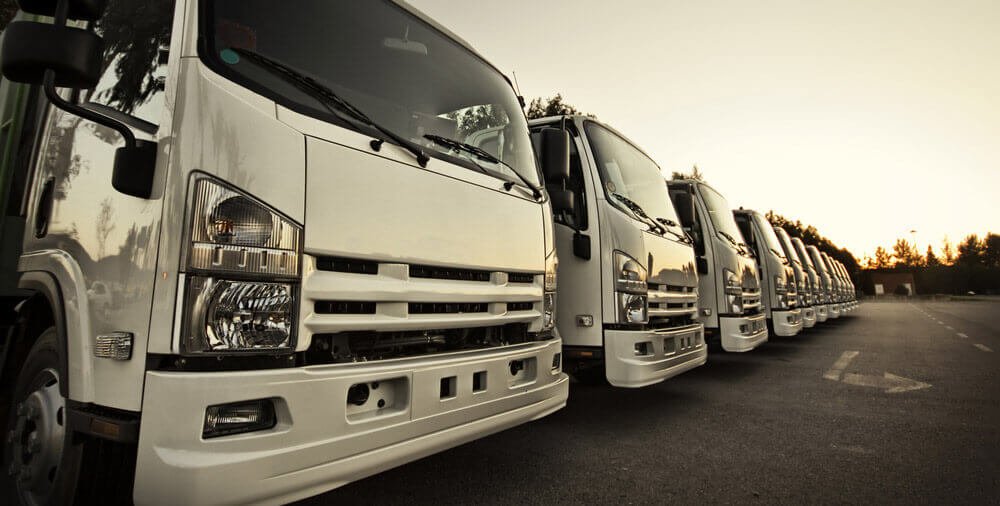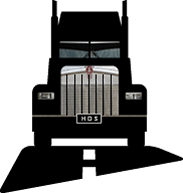Background
Workers frequently need to work on or under a heavy vehicle or trailer to clean it, check for faults, or undertake servicing and repairs.
In April 2016, two workers were working on a truck that was parked on an incline, with its front wheels on a set of portable vehicle ramps.
The rear wheels had not been chocked to prevent the truck from moving.
The truck was in gear and the handbrake applied, but both were rendered inoperable when the tail-shaft was removed from the transfer case, which allowed the truck to roll off the ramps. One worker was trapped, while the other suffered facial injuries when hit by the tail-shaft.
There have been other incidents involving heavy vehicles or trailers hitting or crushing workers.
Contributing Factors
Some of the contributing factors to these type of incidents include:
- workers being under a heavy vehicle or trailer, or in its path
- unsafe systems of work, such as poor traffic management
- failing to immobilise the vehicle
- the handbrake of the vehicle not applied
- the wheels of the heavy vehicle or trailer not immobilised (eg chocked)
- components of the heavy vehicle or trailer not restrained or adequately supported
- brakes malfunctioning
- not conducting a risk assessment.
Action Required
Before getting out of their vehicle, or working on or around a heavy vehicle, workers need to ensure it is immobilised properly:
- switch off the motor and remove the key from the ignition to render it inoperable
- apply the handbrake before getting out of the vehicle
- use wheel chocks
Install a handbrake warning systems to alert drivers when the handbrake has not been applied – these can easily be retro-fitted.
Make sure drivers know what actions they are required to take to immobilise their vehicle in the event of a breakdown – ie pull off the road where possible, turn on hazard lights, apply (or set) the hand brake, mark area with portable warning triangles (or similar), use (or set) wheels chocks.
Workers should not carry out repairs on their vehicle unless they have received appropriate training, and have the necessary tools and equipment.
In some cases, such as drive-line failure, it may be safer to tow the vehicle to a workshop than attempt a roadside repair.

An example of the use of chocks at the wheel of a truck trailer
Working under heavy vehicles and trailers
Take the following precautions before working on a heavy vehicle or trailer that is at risk of moving or dropping.
- never work underneath or near a vehicle that does not have a secondary support/safety system in place, eg axle/jack stands, wheel chocks
- never work on a vehicle on uneven or sloping ground
- follow a safe system of work for raising or working under a vehicle
- use a suitable jack or vehicle hoist when raising a vehicle – it is often a requirement of the manufacturer to have the handbrake off and the vehicle in neutral, to protect mechanical components and enable brake adjustments and the like to be undertaken safely (the type of secondary support system you use and how you place them is critical)
- always use a secondary support system that meets manufacturing and safety requirements
- ensure stands are on a hard, level surface and are correctly placed under suitable support points of the vehicle – any wheels remaining on the ground should be chocked
- use vehicle hoists that have been installed in line with the manufacturer’s specifications
- use props for additional vehicle support when removing heavy components
- use a vehicle inspection pit where appropriate and when working in or near a pit:
- restrict access to the area
- cover the pit or use barriers to prevent someone falling in
- make sure the pit is clearly visible
- provide a safe means of entry and exit
Risk assessments
Before commencing work, identify the hazards and assess the risks. Where appropriate, establish an exclusion zone, use safe operating procedures and ensure everyone is properly trained.





